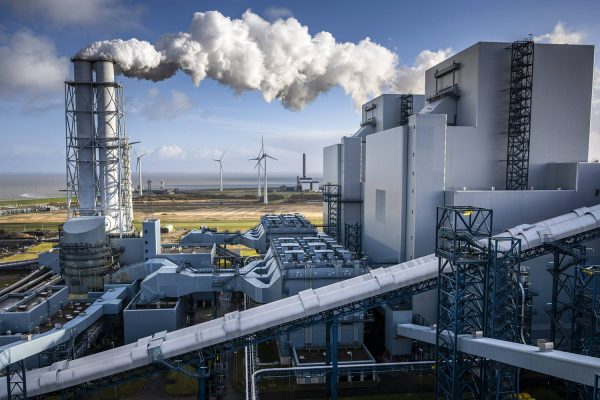
European countries spent €280 billion on subsidies and tax cuts in the last year to help businesses and households pay their energy bills.
It may not be enough.
Prices surged when Russia expanded its war in Ukraine in February and European states agreed to reduce their imports of Russian natural gas. The EU as a whole got 40 percent of its gas from Russia in previous years. That is down to 20 percent.
But there are more factors pushing up electricity and gas prices. Here is an overview, including what governments have done to ameliorate the effects.
Prices have risen eightfold
Gas traded for €339 per megawatt-hour in the Netherlands this week, a record. The Dutch market is the European benchmark owing to the country’s erstwhile status as the continent’s largest supplier after Russia. (The Netherlands has almost stopped drilling for gas on land due to earthquakes.)
Gas meets 24 percent of Europe’s energy need. It is the major source of heating, and for some countries an important fuel to generate electricity. The Netherlands gets 46 percent of its power from burning natural gas, Italy 51 percent.
Electricity traded for €644 per megawatt-hour in the Netherlands on Friday, up from €81 a year ago. Italian companies paid €750 per megawatt-hour, up from €89 a year ago; Germans €660, up from €83.
Why prices are up
Germany gets only 16 percent of its electricity from gas, but two in three households use gas for heating. Germany still gets 26 percent of its gas from Russia, down from 55 percent in 2021.
The Nord Stream pipeline, which connects Germany with Russia, has been operating at 20 percent capacity. Gazprom, the Russian gas monopoly, is due to suspend supplies through the pipeline for three days for what it claims are repairs. The announcement has spooked traders.
Germany has stopped buying gas from the parallel pipeline Nord Stream 2 altogether.
Prices are pushed further up by governments buying gas on the wholesale market to fill their storage sites. The goal is to prevent shortages this winter, but a side-effect is that it raises prices for energy providers, who pass on the costs to consumers.
Low water levels in European rivers also played a role. France had to lower output in some of its nuclear plans, which use river water to cool their reactors. Barges can carry less coal from the ports of Antwerp and Rotterdam to power plants in Germany.
The only EU countries where prices haven’t skyrocketed are Portugal and Spain, which get natural gas from North Africa. But even there prices have almost doubled in the last year.
What countries are doing
Germany has cut fuel tax, raised child benefits by €8 per month and raised subsidies for home insulation to €12-13 billion per year. It also offered unlimited use of public transport for €9 per month this summer and gave low-income households a one-time bonus of €300 with an additional €100 per child. The cost to the treasury has been €60 billion.
Germany is considering raising the income-tax threshold and powering up old coal-fired stations before the end of the year. It is still debating whether to keep its three remaining nuclear plants in operation.
Austria, Belgium and Sweden have also sent cheques of between €100 and €300 to low-income households. Denmark has given €800 to its 320,000 poorest households, the Netherlands €1,300 to one million households.
The Dutch have also cut taxes on electricity and fuel. The combined measures cost €6.5 billion. Croatia cut electricity tax from 25 to 13 percent, and the tax on gas to 5 percent.
Greece has incorporated subsidies directly into energy bills to offset 90 percent of price increases for households and 80 percent for small businesses. Cost: €7 billion.
France has capped electricity price increases at 4 percent and is helping companies pay their energy bills. The direct cost to taxpayers is €25 billion, however, the price cap has thrown the state-owned but nominally private EDF into financial problems. The government is expected to increase its stake in the company from 84 to 100 percent. That could cost another €5 to €10 billion.
Germany has similarly had to bail up Uniper, which was highly dependent on Russian gas, for €15 billion.
Italy has frozen gas prices at 2021 levels and lowered energy, fuel and sales taxes. Low incomes get an additional €200 in support. The measures are projected to cost €52 billion.
Spain has cut the price of public transport by 30 percent, sales tax from 21 to 10 percent, and is providing €10 billion in subsidized loans to companies. Truckers and transporters qualify for €550 million in fuel subsidies. Power plants can also apply for help.
Portugal, Romania and Spain have capped gas prices and are paying the difference to utilities.
